Learn how food shaping can improve the appearance, acceptability, and overall quality of life in older adults with swallowing difficulties!
The required reading for this course was published in 2023 and was written by three authors who work in healthcare settings with older adults in dietetics, speech pathology, and nursing. The inclusion criteria for the systematic review included only peer reviewed research published in English in the past 20 years.
Food-shaping includes methods such as piping food through piping bags with shaped tips, using food molds, ice cream scoops, and even 3D printers to manipulate the appearance and shape of mechanically altered food. The purpose of food shaping is to improve the appearance, acceptability, and overall quality of life in older adults with swallowing difficulties.
This review found a total of 18 studies that met these inclusion criteria. The review included those with mixed methods, qualitative and quantitative study designs. The types of food shaping included in these studies are 3D food printing, general food-shaping, food molds, scoops, layering, and addition of sauces.
This course is appropriate for registered dietitian nutritionists (RDNs) and nutrition and dietetic technicians, registered (NDTRs) that are employed in aged care settings including assisted living, independent living, skilled nursing, and home health.
Purchasing Options: This is available as eDocument plus CPE Test only. Includes a link to the required reading in the course document, electronic test, and 1 certificate with passing grade.

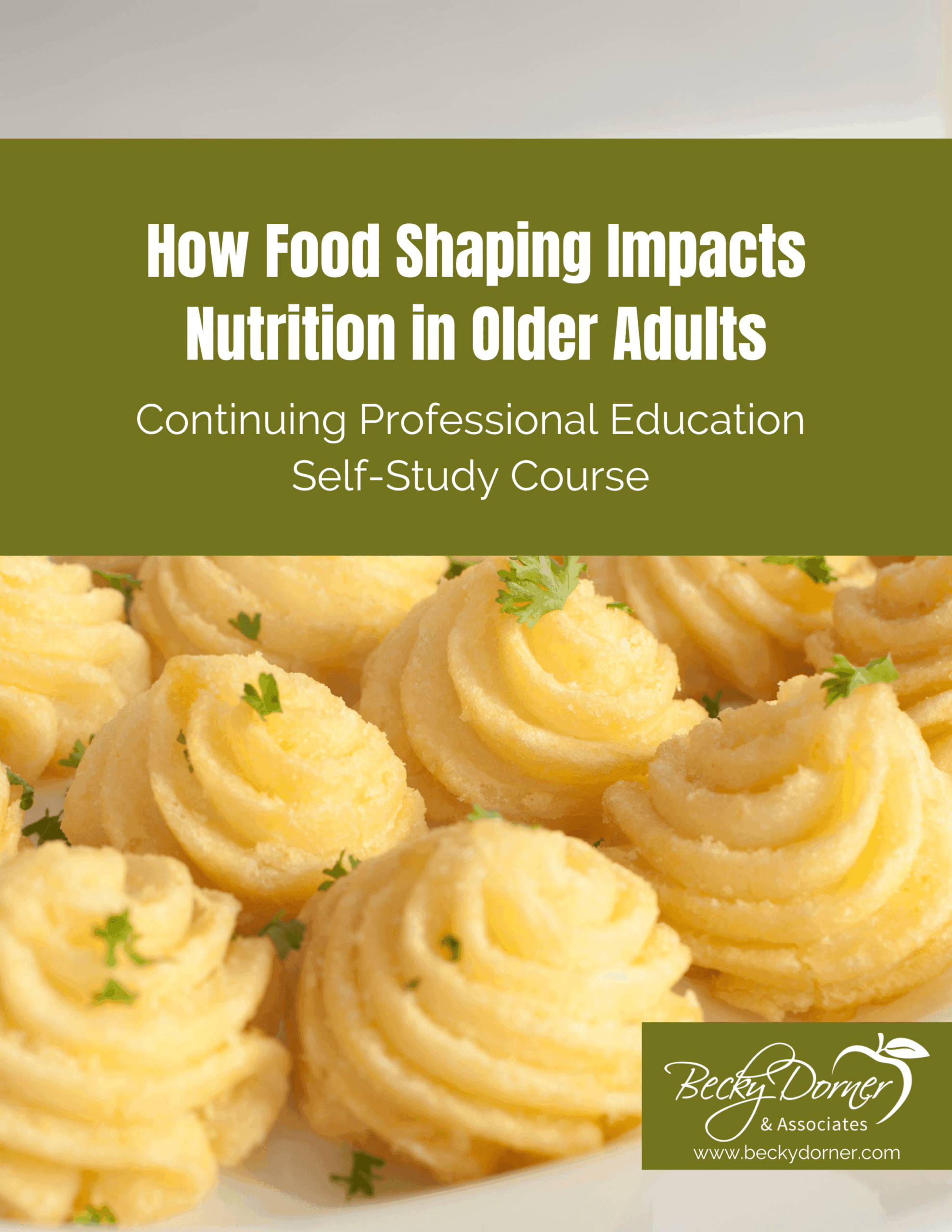
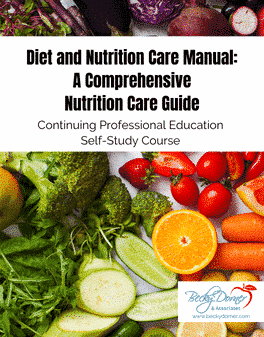
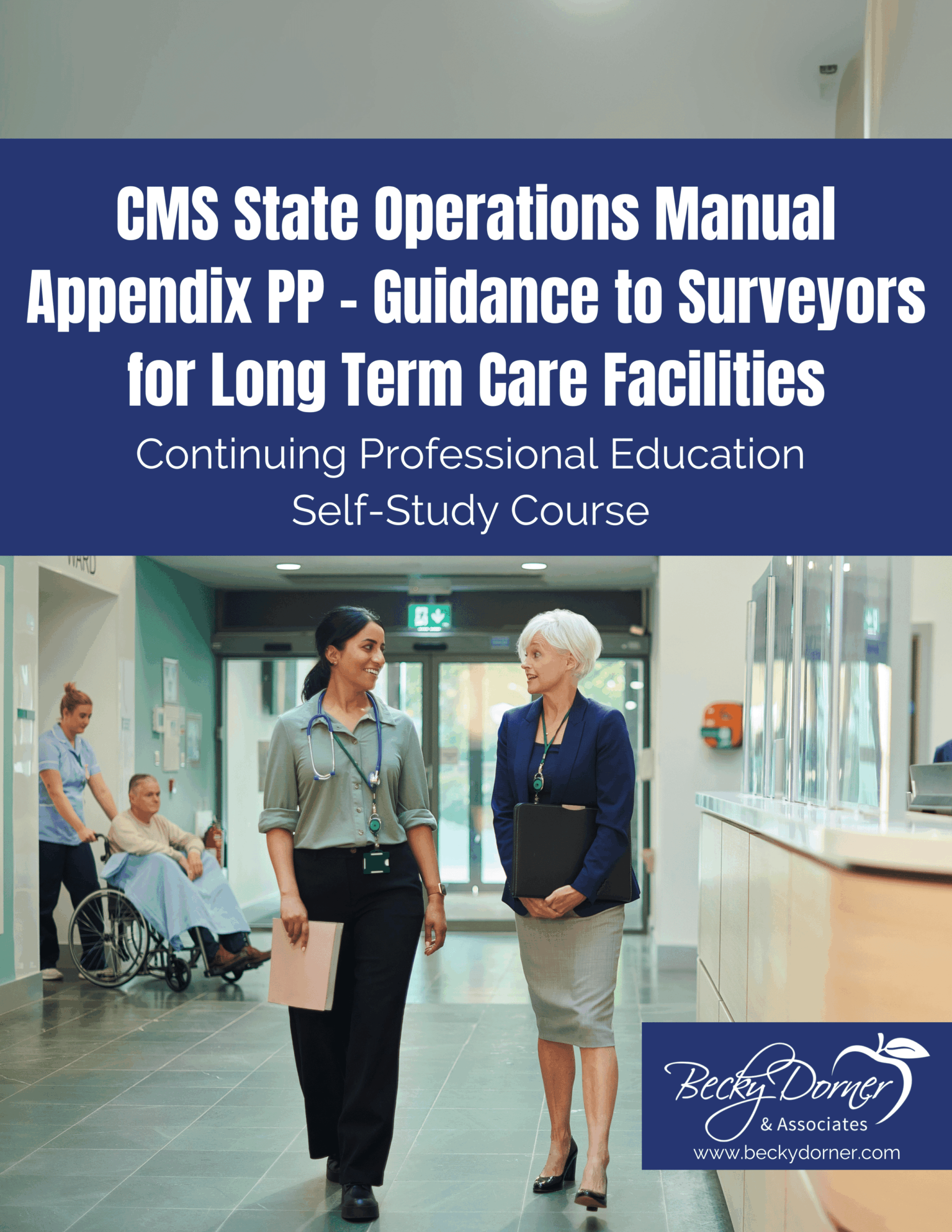


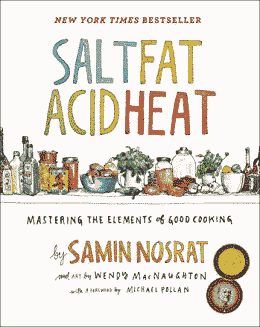
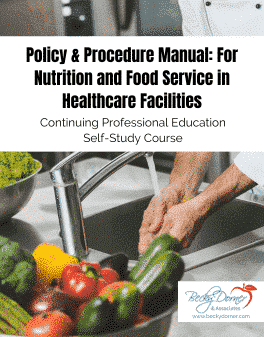


Reviews
There are no reviews yet.